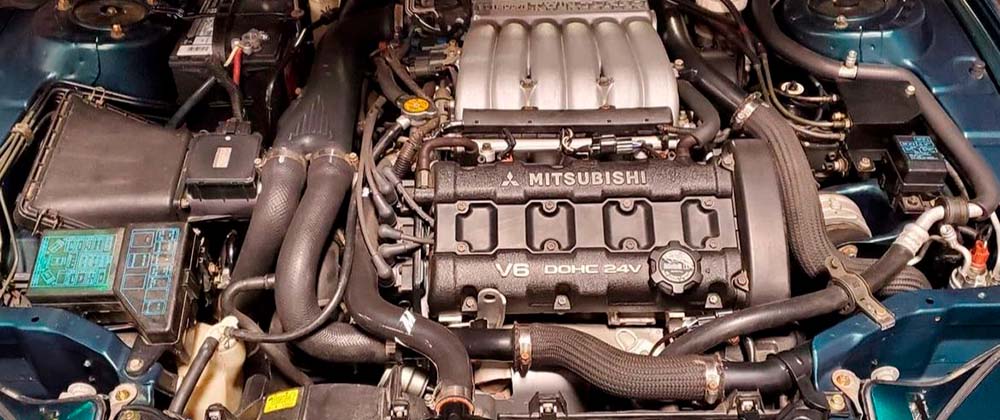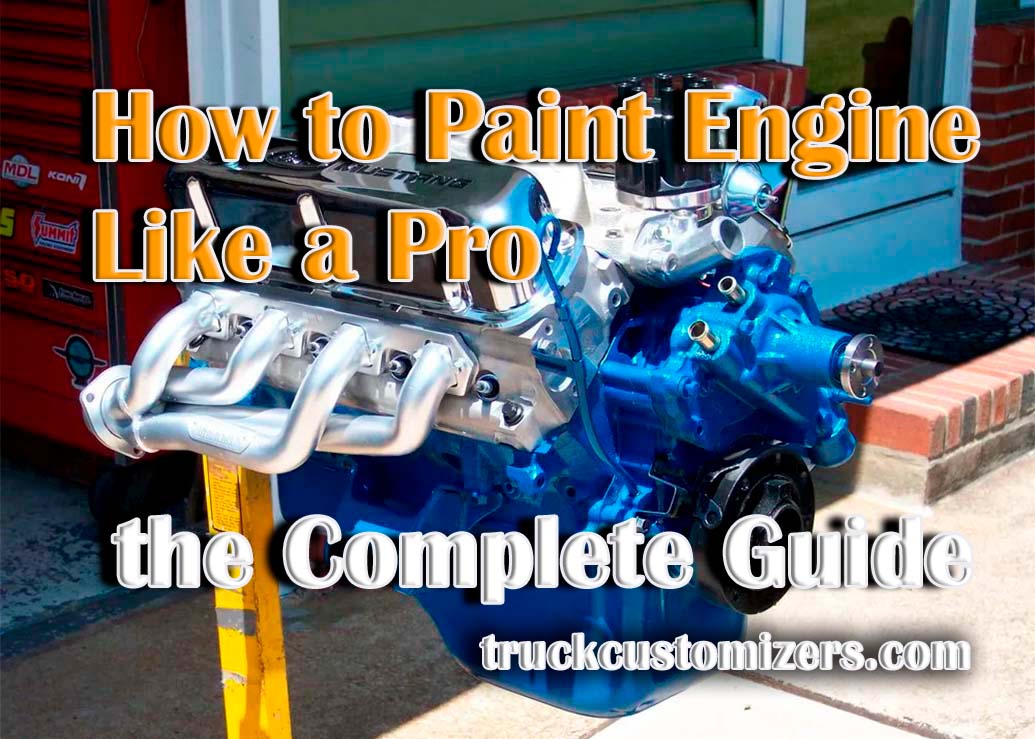If you want to give your engine a new look, you might be interested in learning how to paint it like a pro. Applying paint to an engine serves the dual purpose of improving its visual appeal and safeguarding it against rust, heat, and corrosion. However, painting an engine is not as simple as spraying some paint on it. Achieving a professional engine finish demands adherence to procedures and paint products to realize optimal outcomes. In this article, we will guide you through the process of painting your engine like a pro, from preparing the surface, selecting the paint, and applying the primer, color, and clear coat, to curing and reinstalling the engine. With our guidance and clever strategies, you can evolve your engine into a work of art.
Preparing for the Paint Job
Before starting the painting, it is essential to assemble all the required equipment and supplies. You’ll need an engine degreaser, sandpaper, primer, engine paint, top coat, and various brushes or sprayers. Make sure to equip yourself with safety equipment such as gloves, masks, and protective glasses. Ensure to operate in an area with good airflow to prevent breathing in harmful vapors. It’s advisable to conduct this work outdoors if possible, or in a garage with open doors and windows. A fire extinguisher should be within easy reach, considering the flammable nature of paints, thinners, and degreasers. Remember to read all safety instructions on your materials and follow them diligently to prevent accidents and ensure a safe working environment.
Cleaning and Prepping the Engine
Ensuring the surface is immaculately clean is crucial for achieving a perfect painting outcome. Begin with a degreasing of the engine using a high-grade engine degreaser. Remove accumulated oil, grease, and other contaminants. Make certain that each small corner and hidden area is thoroughly cleaned to promote the best possible adherence of the paint. Once the engine has been degreased, thoroughly wash it off and let it dry fully before moving on to the subsequent stage.
Proper sanding is essential for creating a surface that will securely hold the paint. Begin by using a more abrasive sandpaper to eliminate any rough patches or rust, then progressively switch to a finer grade to even out the texture. After sanding, it is crucial to thoroughly cleanse the engine to eliminate any accumulated dust and particles. This step guarantees improved and prolonged adherence of both the primer and the paint. A tack cloth can be very useful in picking up the fine particles left after sanding.
Choosing the Right Paint and Primer
Engine paints are specially formulated to withstand high temperatures and protect against rust and corrosion. These paints are available in various colors and finishes, allowing for customization. Look for paints that can handle the typical heat range of your engine and offer good coverage and durability. The primer acts as the foundation for your paint job. Choosing a suitable primer that matches your engine paint selection is crucial. Opt for primers designed for high temperatures, as they are capable of enduring the heat generated by the engine. The primer should be applied in thin, even coats to ensure a smooth finish for the paint to adhere to.
Painting the Engine

Painting the engine requires a careful balance of technique and patience. Start with applying the primer in a thin, even layer to avoid drips and ensure a smooth base. Ensure that the primer is thoroughly dry before continuing, as this creates a strong base for the subsequent layers of paint. While moving to painting the engine, emphasize the application of several thin layers rather than a single thick layer. This strategy helps avoid paint running or sagging, ensuring a more professional finish.
Between each coat, it’s important to allow sufficient drying time, essential for the paint to set properly and create a robust finish. Whether using a brush or a spray gun, ensure consistent strokes to avoid streaks and achieve uniform coverage. Let the engine dry thoroughly after the final coat to assess if additional layers are needed. The goal is a sleek, even finish that not only looks great but also provides a protective layer, enhancing the engine’s aesthetic appeal and longevity.
Choosing a Top Coat for Durability
Applying a top coat is a crucial step in ensuring both the aesthetic appeal and the longevity of your paint job. Applying the top coat enhances the color’s depth and sheen while providing protection from external factors. Use gentle, consistent strokes for uniform application. Allowing each layer to completely dry prior to the next application is crucial for preventing smudges and irregular textures. Also read here about the Engine Restorer.
Drying and Curing Process
Ensuring the engine dries correctly is just as crucial as the actual painting process. It should be allowed to dry in an environment that is clean and free of dust, with ample air flow. It’s essential to keep the newly painted engine away from severe temperatures or high humidity levels, as these factors can negatively impact the drying process and the end result. The time it takes for the paint to completely cure can differ based on the paint type and the surrounding conditions. Typically, complete curing occurs within a 24-hour period, but it’s vital to follow the specific guidelines given by the paint’s manufacturer. A fully cured coat of paint provides optimal durability and resistance against wear.
Conclusion
The process of professionally painting an engine is a detailed and careful task, demanding precision, patience, and a focus on the minutiae. From the initial preparation phase to the application of the ultimate top layer, every stage is vital for ensuring a long-lasting and superior quality coating. This guide provides you with the knowledge and techniques to transform your engine with a professional paint job, enhancing both its appearance and lifespan. Remember, a successful paint job is not just about the application; it’s about the care and preparation that goes into every step.



